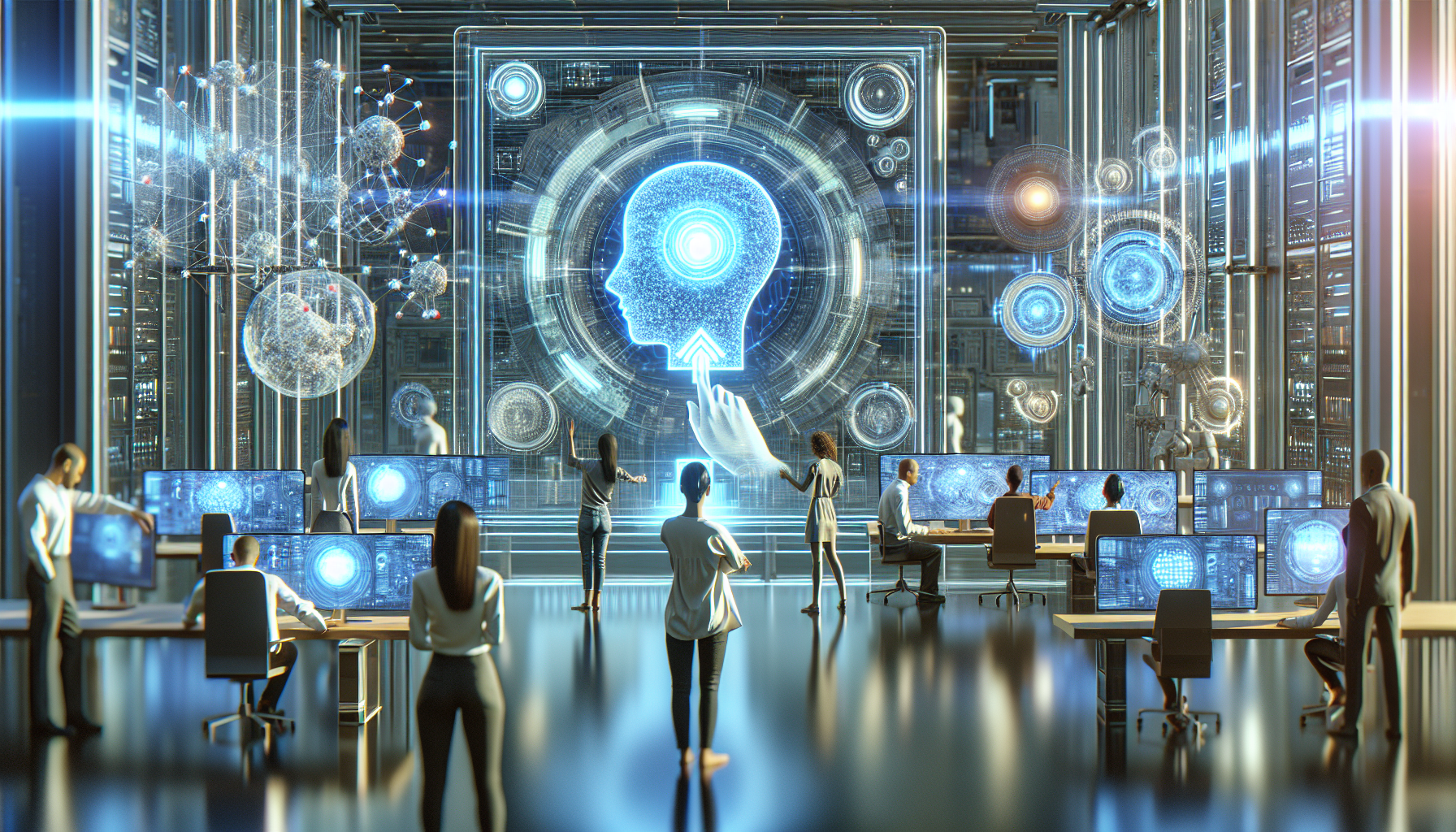
The Science Behind AI: Algorithms and Data Structures-Future Predictions and Implications
October 20, 2025
Artificial Intelligence (AI) stands as one of the most transformative technologies reshaping modern society. At its core, AI is driven by algorithms and data structures—two fundamental components that orchestrate how machines learn, adapt, and make decisions. As the field advances, understanding the intricacies of these elements becomes crucial for predicting future developments in AI and its potential implications.
Algorithms, the step-by-step procedures or formulas for solving problems, form the backbone of AI systems. They enable machines to process vast amounts of data, recognize patterns, and make decisions with remarkable precision. The sophistication of algorithms has evolved significantly, with innovations such as deep learning and neural networks leading the charge. These complex systems mimic the human brain's architecture, allowing AI to tackle tasks once thought impossible for machines, such as natural language processing and image recognition.
Data structures, on the other hand, are the organizational frameworks that optimize the storage and retrieval of this data. They determine how efficiently an AI system can access and manipulate the information needed to execute its algorithms. As AI models become more sophisticated, the demand for innovative data structures that can handle increasingly complex datasets grows. This symbiotic relationship between algorithms and data structures is pivotal in pushing the boundaries of what AI can achieve.
Looking to the future, several predictions can be made regarding the evolution of AI driven by advancements in algorithms and data structures. One significant trend is the pursuit of more efficient and scalable algorithms. Current AI models, particularly deep learning networks, require large computational resources and energy consumption. Researchers are exploring new paradigms like federated learning and quantum computing to create more efficient algorithms that can perform complex tasks with reduced resource usage.
Federated learning, for instance, offers a decentralized approach to training AI models across multiple devices without requiring data to be stored centrally. This method not only enhances privacy but also optimizes data usage and reduces latency. In parallel, quantum computing holds the promise of exponentially accelerating certain computational tasks, potentially revolutionizing AI by solving problems that are currently intractable with classical computers.
The future of AI is also set to be influenced by breakthroughs in data structures. As datasets grow in size and complexity, conventional data structures may struggle to keep pace. Innovative structures such as graph databases and tensor processing frameworks are being developed to efficiently manage and process these vast arrays of information. These advancements will facilitate real-time data processing, enabling AI systems to make faster and more informed decisions.
Furthermore, the integration of AI into various industries will drive the need for specialized algorithms and data structures tailored to specific applications. For instance, in healthcare, AI systems require data structures capable of handling diverse and sensitive patient data, ensuring both accuracy and privacy. In finance, algorithms must navigate the intricacies of real-time trading data to make split-second decisions.
As algorithms and data structures continue to evolve, ethical considerations will become increasingly important. The ability of AI to make autonomous decisions raises questions about accountability and transparency. Ensuring that algorithms are fair, unbiased, and interpretable is a challenge that researchers and developers must address. Techniques such as explainable AI (XAI) are emerging to provide insights into how AI systems reach their conclusions, fostering greater trust and understanding among users.
The trajectory of AI points towards a future where machines will possess unprecedented levels of autonomy and intelligence. As we approach this horizon, the science behind AI's algorithms and data structures will play a crucial role in shaping the technology's capabilities and societal impact. The potential for AI to solve complex global challenges is immense, yet it also demands careful stewardship to mitigate risks and ensure equitable benefits.
In contemplating the future of AI, one must ponder the balance between accelerating technological progress and maintaining ethical standards. How will society adapt to the profound changes AI is likely to bring, and what frameworks will be needed to guide its responsible development? As we stand on the cusp of this new era, these questions beckon thoughtful consideration and collaboration across disciplines.


